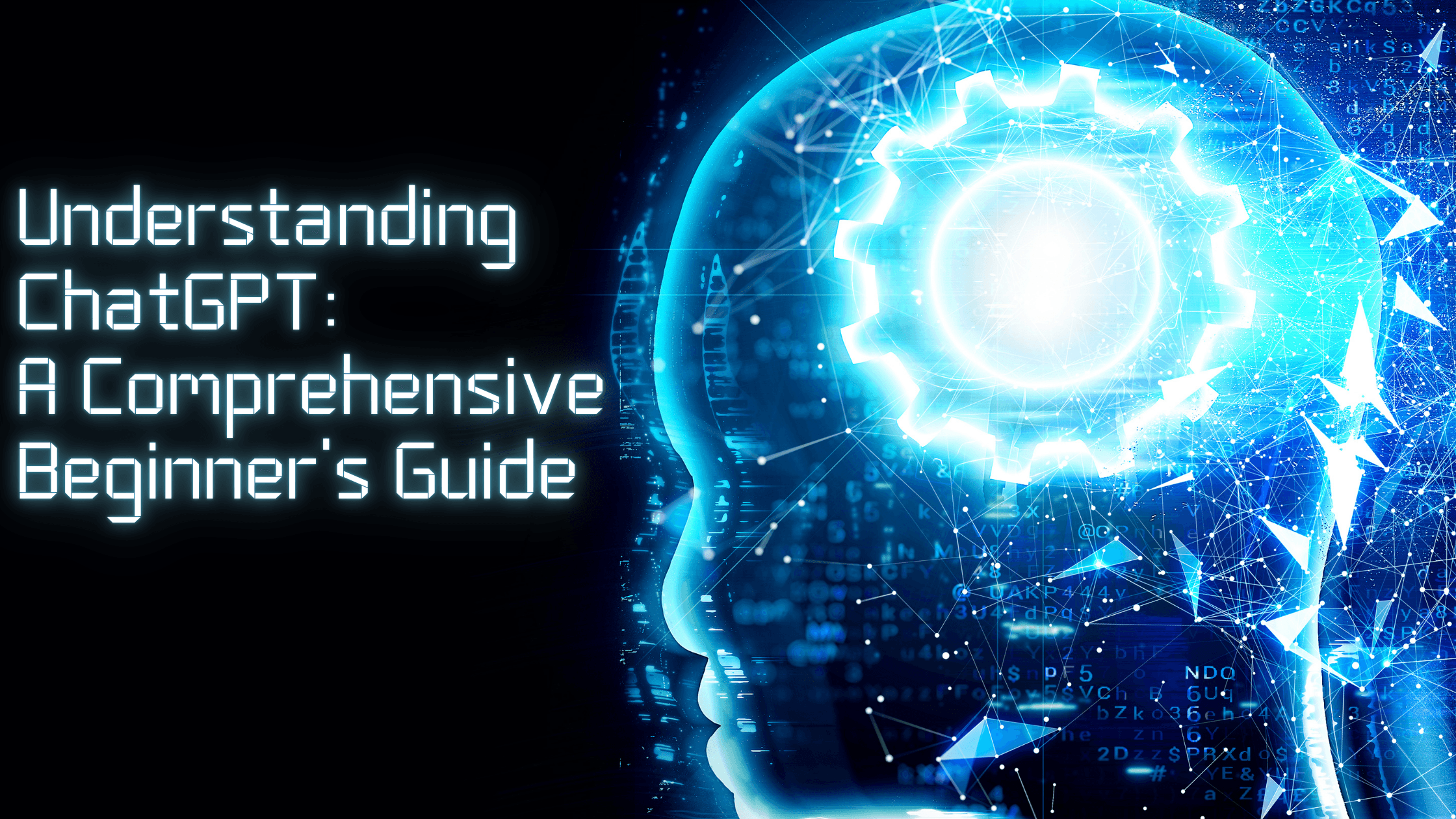
Understanding ChatGPT: A Comprehensive Beginner's Guide
Understanding ChatGPT: A Comprehensive Beginner's Guide
Have you ever wondered what powers the AI revolution that is changing how we work, learn, and create? At the center of this transformation is ChatGPT, a powerful artificial intelligence system that is shaping the digital world. But what exactly is it, and how does it work? Let's break it down in a way that everyone can understand.
What is Artificial Intelligence?
Many people think artificial intelligence can think for itself like a human, but in reality, it cannot function without human input. AI does not have independent consciousness or decision-making abilities. It relies entirely on the data it is trained on and the instructions given to it.
A useful analogy is to think of AI as a powerful library assistant. It can quickly find and organize information from a vast collection of books, but it does not create new knowledge on its own. It depends on humans to provide the books, ask the right questions, and interpret the answers. Without human input, it remains a collection of knowledge, unable to act independently.
Before we explore ChatGPT, let's understand the foundation it is built on. Artificial Intelligence (AI) allows machines to simulate human intelligence, enabling them to perform tasks that typically require human thinking. AI systems learn, reason, and make decisions based on vast amounts of data.
A core part of AI is machine learning, where algorithms analyze large amounts of data to recognize patterns and improve over time. Instead of programming a computer to recognize every possible variation of a cat, we show it millions of cat images, and it learns to identify patterns that make a cat recognizable.
Another crucial aspect of AI is natural language processing (NLP), which enables machines to understand, interpret, and generate human language. ChatGPT is a direct application of NLP, making it capable of having human-like conversations.
Introducing ChatGPT
ChatGPT is designed to work both through text-based interactions and voice communication, allowing users to engage with it in multiple ways. Whether typing out queries or speaking directly to the AI, users can receive the same intelligent responses. This ability to process voice input has made AI more accessible and user-friendly.
ChatGPT is one of the longest-running and most influential AI models developed by OpenAI. It was one of the first AI systems to gain widespread attention, bringing AI into mainstream news and sparking excitement. Its success helped push AI into everyday use, making it a key part of modern technology. Even today, OpenAI continues to refine and advance ChatGPT, keeping it at the forefront of AI innovation.
How Does ChatGPT Work?
Think of ChatGPT as a digital brain that has read millions of books and conversations. It processes language using a model called GPT (Generative Pre-trained Transformer) in three steps:
- Understanding Input: It analyzes what you type, recognizing meaning and intent.
- Processing Context: It considers previous responses to maintain a natural conversation flow.
- Generating Responses: It predicts and constructs answers based on patterns in its training data.
The Rise of Voice AI
One of the most exciting advancements in artificial intelligence is the rise of voice-based AI interactions. OpenAI has been a key player in this evolution, integrating voice capabilities into ChatGPT. Instead of only relying on text, users can now verbally ask questions, provide commands, and engage in dynamic conversations. This shift represents a major leap in AI accessibility, making interactions feel even more natural and intuitive.
What Makes ChatGPT Special?
- Understands context and holds coherent conversations.
- Generates creative and original content.
- Explains complex topics in simple terms.
- Adapts responses based on user input.
- Assists with a wide range of tasks, from writing to coding.
- Offers multimodal capabilities, including text-based interactions, image generation with DALL·E, and video or music generation with Sora (for premium users).
Different Versions & Access
- Free Version: Uses GPT-3.5 with standard response times.
- ChatGPT Plus ($20/month): Uses GPT-4 with better performance, priority access, and supports image/video generation.
- Enterprise Solutions: Custom features for businesses with enhanced security and API access.
Using ChatGPT Responsibly
Verify Important Information
- Cross-check facts with reliable sources.
- Use AI-generated content as a starting point for research.
- Do not rely on AI alone for critical decisions.
Protect Your Privacy
- Do not share personal or sensitive information.
- Avoid entering confidential data.
- Keep conversations general.
The Future of ChatGPT
ChatGPT continues to evolve with:
- More accurate and advanced language capabilities.
- Improved understanding of user intent.
- Expanded creative and analytical abilities.
- More specialized AI applications.
- Greater integration of multimodal AI capabilities.
Conclusion
ChatGPT represents a major step forward in artificial intelligence, making AI more accessible and useful. While it is not perfect, it is a powerful tool that can enhance learning, creativity, and productivity.
Whether you are a student needing homework help, a professional looking to improve workflow, or simply curious about AI, ChatGPT is a valuable resource. Understanding its strengths and limitations ensures that you can use it effectively and responsibly.
ChatGPT is a tool, and like any tool, its value depends on how you use it. By learning its capabilities and applying them wisely, you can unlock AI's full potential in your daily life and work.
